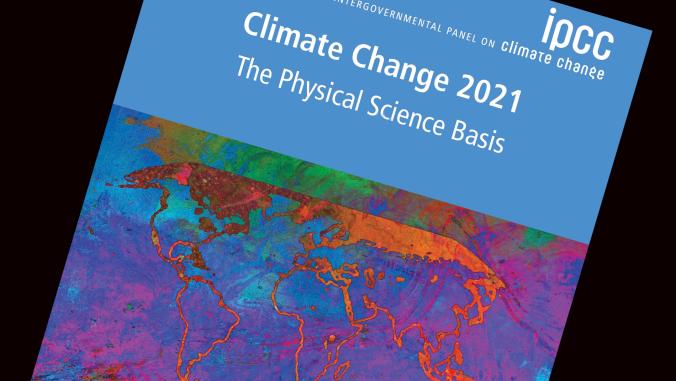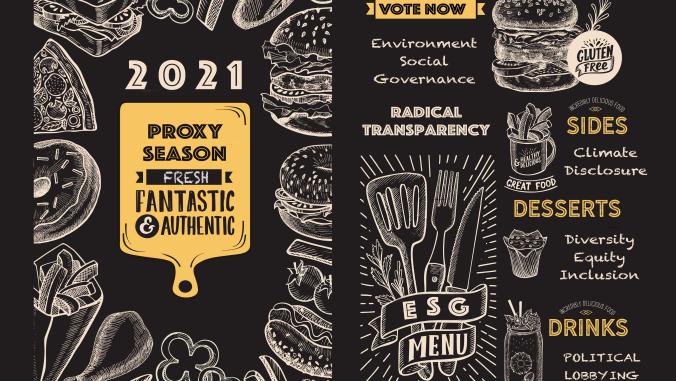CVS Caremark works to create access for all
<p>Eileen Howard Boone explains how CVS pursues a business mission while keeping its social and environmental missions aligned and relevant.</p>

CVS pharmacy store image by NCinDC via Compfight cc.
Chances are a CVS pharmacy is within walking distance of your house. Or at least within a couple of miles.
One was for me. As a new citizen, a kind CVS manager gave me my first American job, taught me how to differentiate between a nickel and a quarter and the basics of customer service in a country where consumers rule a market spoiled with choice.
So how does a brand with deep community roots across a nation and significant impact support its business mission while keeping its social and environmental missions aligned and relevant? And how do you measure success beyond revenue dollars and flu shots?
For some insight into the company's CSR strategy, as well as their unique perspective on community development, I recently checked in with Eileen Howard Boone, senior vice president of corporate communications and community relations at CVS Caremark and vice president of the CVS Caremark Charitable Trust.
"We have a license to drive social impact in ways that are independent of what's going on in our company," she said, explaining that the foundation is the philanthropic arm of the company and reports to a board of trustees, giving Boone and her team some latitude to define their own priorities.
The fact that Boone heads the foundation as well as the company's communication efforts highlights a close alignment between impact and engagement within the centralized organization.
"I sit across the company and work with our senior leadership on where we are going and how our giving strategy fits with our future plans," she said. "Embedding the foundation's work and mission into the corporate strategy is critical to stay true to our business and values."
As with most foundations, CVS' Charitable Trust focuses primarily on the annual grant cycle.
"Starting in 2012, we decided to focus on four categories: access to healthcare, coordinated care, early intervention and inclusion -- a theme we use as a base criteria for all the grants we make," she said.
"The primary focus through these categories is to measure how we, along with our partners, are driving impact in our markets. Are our nonprofit partners moving missions? Nine years ago, when I joined CVS, we weren't measuring the impact of everything we were doing in our communities. It was scattered and not strategic. So we stepped back and asked: How are we living, operating and working in our communities?"
The introspection brought some expected results, namely, the need for focus and more research-based decisions. Eighteen months of research followed -- with customers, employees, nonprofits, experts in pediatrics, etc. -- on how to tighten the foundation's focus while having the most impact.
"The idea was to find an issue of opportunity within healthcare that we could support and significantly impact five different ways: awareness, funding, in kind products, volunteerism and strategic counsel," Boone emphasized. "We wanted to have the opportunity to engage our employees. They live in our communities -- and we were not leveraging their potential as volunteers, activists, decision makers and advisers."
In 2012, CVS employees donated an equivalent of $1 million in volunteering hours. But with 7,400 stores across diverse communities, volunteering and giving campaigns are effective only when localized.
"Our All Kids Can program creates equal opportunity for all kids, regardless of disability or situation, and as we roll that out across our stores, we find that our employees really like to define 'all kids can' in their own way," Boone said. "In one town, for example, it meant supporting the Special Olympics. In others, it meant building a new playground."
And that's OK.
It's difficult to have a cookie-cutter approach across 7,400 stores when local impact is the main driver. As the "local pharmacy building healthier communities," CVS' mandate is national but hyper-local in intensity. Do grants work better on a local level or does volunteerism? With causes aplenty and communities diverse, how does the retailer juggle impact with dollars and employee time?'
According to Boone, monetary grants are definitely the first point of entry.
In 2012 alone, grants made through the All Kids Can program touched the lives of more than 5.8 million children and families. Despite all the benefits espoused about pro bono and volunteerism, the essence and impact of grant-making is not lost on Boone, who has been working in this sector for more than 20 years, including leading the Office Depot Foundation for six years.
"When we think of our large national partners, we need to understand that once the initial grant is made, there are other opportunities for engagement that we must leverage to extend the impact of that grant. But that initial grant is critical to move the needle and scale programs," Boone said. "For example, in a New Bedford school, we sponsored an incoming fifth grade class to connect with our pharmacists around careers in healthcare, hygiene, health issues etc. In Rhode Island, we supported a free clinic, a multilevel partnership that started with grants, but now sees pharmacists often volunteering to support the clinic."
For NGOs, grants from companies such as CVS are critical.
And Boone understands the importance of looking at impact through a multidimensional prism: "Awareness is a big thing that we can bring along with our dollars and other assets for nonprofits. They become better at fundraising and implementing programs after they've done some due diligence. It gives them confidence, competence and the much-needed publicity support."
As a mother of six, however, Boone does feel strongly about CVS' primary impact area: healthcare for all. And that becomes a tough metric to measure when you take into account the company's diverse communities' needs.
"We have learned over the years that we need to be asking the right things," she said. "Last year, we announced a partnership with the National Association of Community Health Centers to distribute $3 million over three years, across their centers for chronic disease management programs, and plan to monitor results. Measurement will include everything from number of people served to patient health outcomes.
"We strive to measure our impact in a variety of ways including quantitative results like the number of patients served or the number of additional days a clinic is open, qualitative measures program outcomes and employee participation. We also place a heavy focus on storytelling and gathering stories from our partners to bring to life the successes of a program."
Yet, that's measurement of specific programs.
What is the company's impact on the sector it sits centrally within, i.e., access to all, quality of life, awareness, hygiene, etc.? How does CVS measure its success as a healthcare retailer? As a conscious business? As a neighborhood pharmacy? As a collaborator with pharmaceuticals?
In Boone's mind, her footprint -- and her employer's -- is pretty clear: "We feel we are successful if our nonprofits are successful."
It's that simple.





